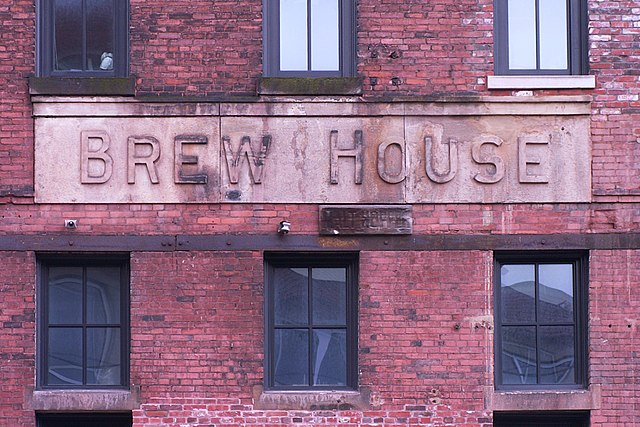Location shooting can happen anywhere. Wherever you see a sign with three initials and an arrow, you can follow it to a movie shooting on location. (You can identify the location by the fleets of Haddad’s trucks parked nearby.) Sometimes, however, the signs are more specific, especially when parking is involved.
-
Hollywood-on-the-Mon
-
Duquesne Brewery
-
Carved Stoop on the South Side
-
Tunnel Park
-
Morse School
-
Terra-Cotta Head

This terra-cotta head of a helmeted allegorical figure (the flowing hair suggests femininity, but the armor suggests “don’t mess with me”) is really a first-rate piece of work, which makes it all the more surprising to find it built into the gable of a rowhouse on the South Side. It is the sort of ornament you add to tell your neighbors, “I am slightly more prosperous than you, because I can afford to have this built into my gable.”
—Old Pa Pitt suspects that this is meant to be a head of Minerva, a Roman goddess you don’t mess with.



The other decorative details on this house are also fine, though more in a vernacular Victorian Romanesque style. This ornament is in the arch above the middle second-floor window.
-
Christmas at the SouthSide Works
-
More Breezeways of the South Side

You might have thought one dose of breezeways would have been enough for such an esoteric subject, but you would have been mistaken. With his usual monomania, Father Pitt is building up a large collection of South Side breezeways, with plans to expand the collection into other neighborhoods soon.











Sometimes curious accidents happen to breezeways. For example:

This appears to be half a breezeway: the house on the left has been much altered, with its half of the shared breezeway filled in.

Here is a shared breezeway that has lost one of its houses, so that it has now become a curious lean-to construction on the side of the remaining house.
-
Carved Brackets
-
Fall on Sarah Street















